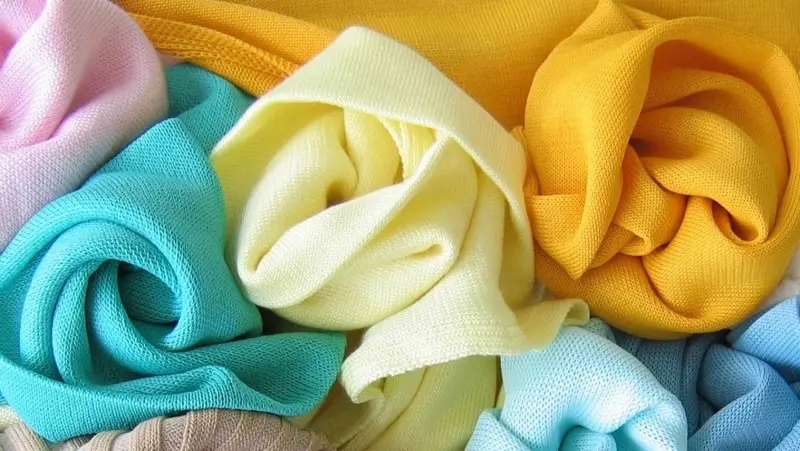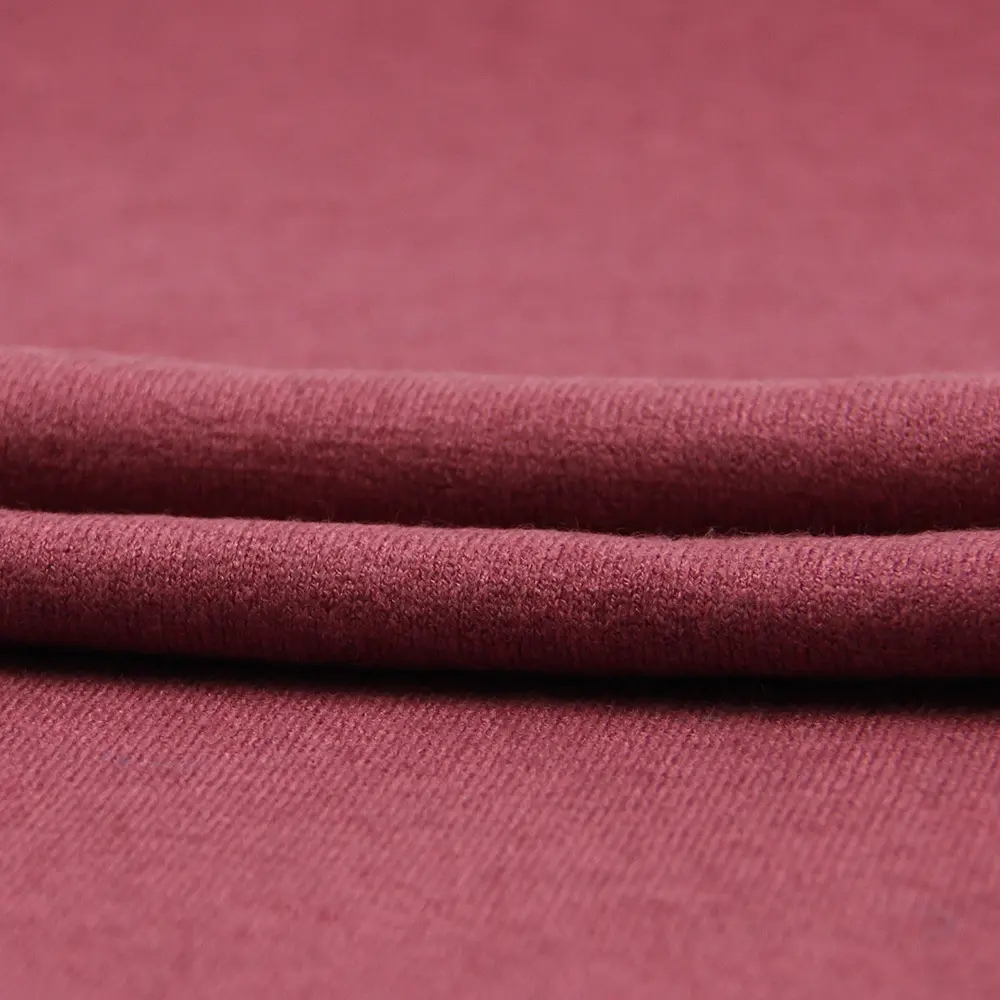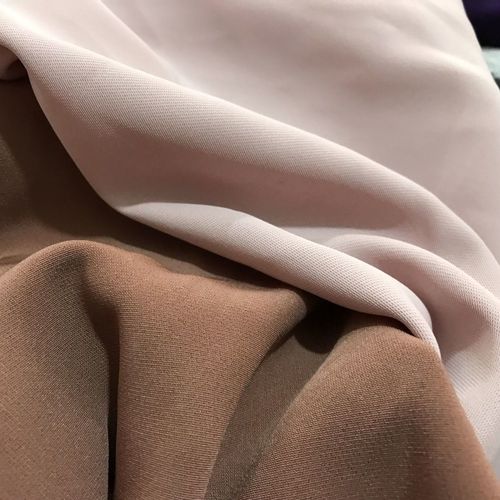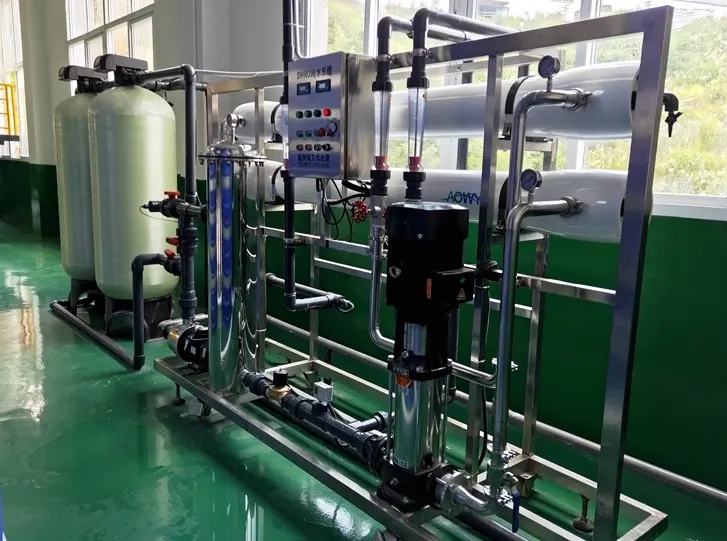-

The Main Intrinsic Technical Properties of Cotton Fiber
The main intrinsic technical properties of cotton fiber are fiber length, fiber fineness, fiber strength and fiber maturity. Fiber length is the distance between the two ends of a straightened fiber. There are different methods for measuring fiber length. The length that is measured by hand pulli...Read more -

About Textile pH
1.What is pH? The pH value is a measure of the acid-base intensity of a solution. It is a simple way to show the concentration of hydrogen ions (pH=-lg[H+]) in solution. Generally, the value is from 1~14 and 7 is the neutral value. The acidity of solution is stronger, the value is smaller. The al...Read more -

Methods and Techniques to Melt Dyes
1.Direct Dyes The stability to heat of direct dyes is relatively good. When melting direct dyes, it can be added soda soft water for helping solubilization. Firstly, use cold soft water to stir the dyes to paste. And then add boiling soft water to dissolve the dyes. Next, add hot water to dilute ...Read more -

The Classification And Identification of Textile Fabric
Spinning textile refers to the fabric that is woven by some certain fibers according to the certain method. Among all the fabrics, spinning textile has the most patterns and most wide application. According to different fibers and weaving methods, the texture and characteristic of spinning textil...Read more -

The Different Properties of Yarns
Textile yarns produced by different yarn forming and twisting processes will have different yarn structures and different product characteristics. 1.Strength Yarns strength depends on the cohesive force and friction between fibers. If the shape and the arrangement of fiber are not good, as there ...Read more -

Advantages and Disadvantages of Viscose Fiber Fabrics
What is viscose fiber? Viscose fiber belongs to cellulose fiber. By using different raw materials and adopting different spinning technology, there can obtain ordinary viscose fiber, high wet modulus viscose and high tenacity viscose fiber, etc. Ordinary viscose fiber has general physical and mec...Read more -

What is the handle style of textile?
Textile handle style is the common requirement of comfort function and beautification function of clothing. Also it is the basis of clothing modeling and clothing style. Textile handle style mainly includes touch, hand feeling, stiffness, softness and drapability, etc. 1.Touch of textile It is th...Read more -

How to prevent dyeing defects on acrylic fiber?
Firstly, we should choose a suitable acrylic retarding agent . At the same time, to ensure the dyeing, in a same bath, it is unnecessary to add two kinds of surfactants for using as retarding agent or leveling agent. Strictly speaking, it will achieve much better leveling effect to add one surfac...Read more -
The Routine Tests for Textiles
1.Physical property test Physical property test of textile includes density, yarn count, weight, yarn twist, yarn strength, fabric structure, fabric thickness, loop length, fabric coverage coefficient, fabric shrinkage, tensile strength, tear strength, seam sliding, joint strength, bonding stren...Read more -

How to choose amino silicone oil for different fabrics?
Amino silicone oil is widely applied in textile industry. For fabrics of different fibers, what is the amino silicone oil can we use to get satisfied finishing effect? 1. Cotton and its blended fabrics: It is focused on soft hand feeling. We can choose amino silicone oil with amino value of 0.6....Read more -

The Familiar and Unfamiliar Fiber —- Nylon
Why do we say that nylon is familiar and also unfamiliar? There are two reasons. Firstly, the consumption of nylon in textile industry is less than other chemical fibers. Secondly, nylon is essential to us. We can see it everywhere, such as lady’s silk stockings, tooth brush monofilament a...Read more -

Do not ignore the influence of water quality on textile printing and dyeing!
In printing and dyeing factories, because of different water sources, water quality is also different. Generally, most printing and dyeing factories use natural surface water, groundwater or tap water. Untreated natural water contains a variety of chemical substances, as calcium, magnesium, iron,...Read more












